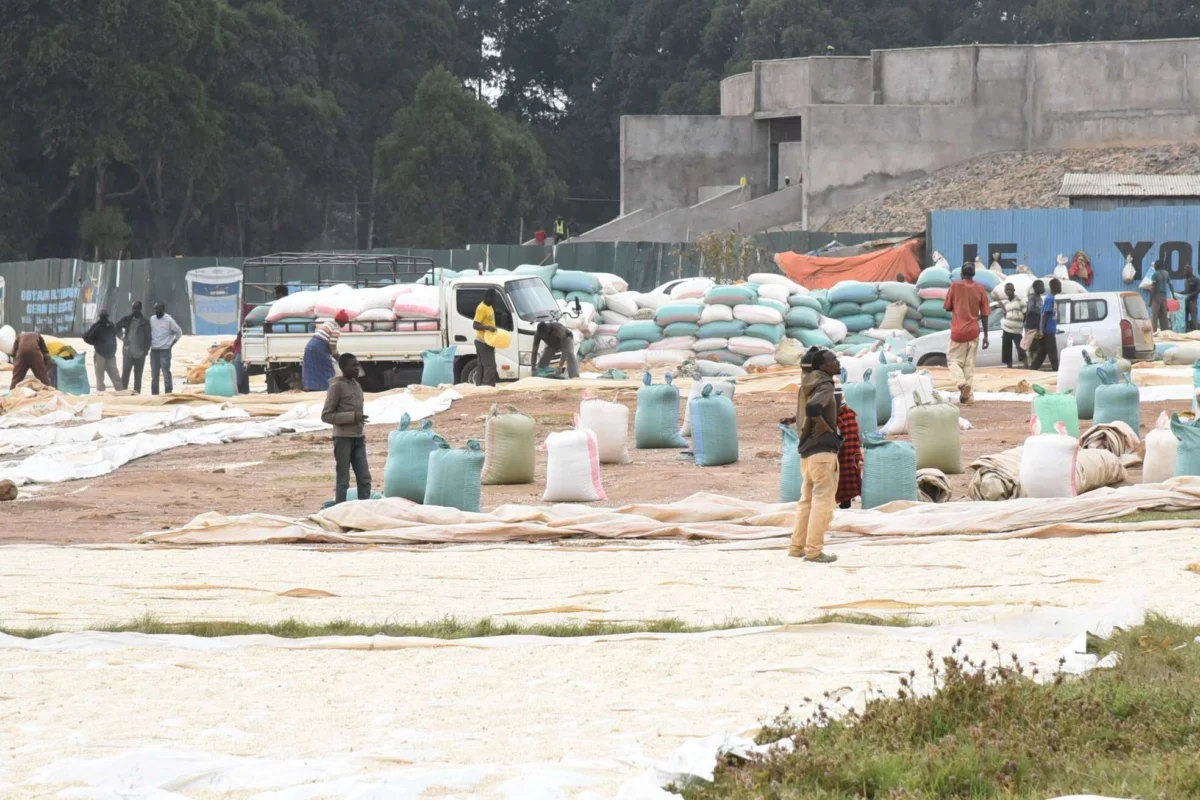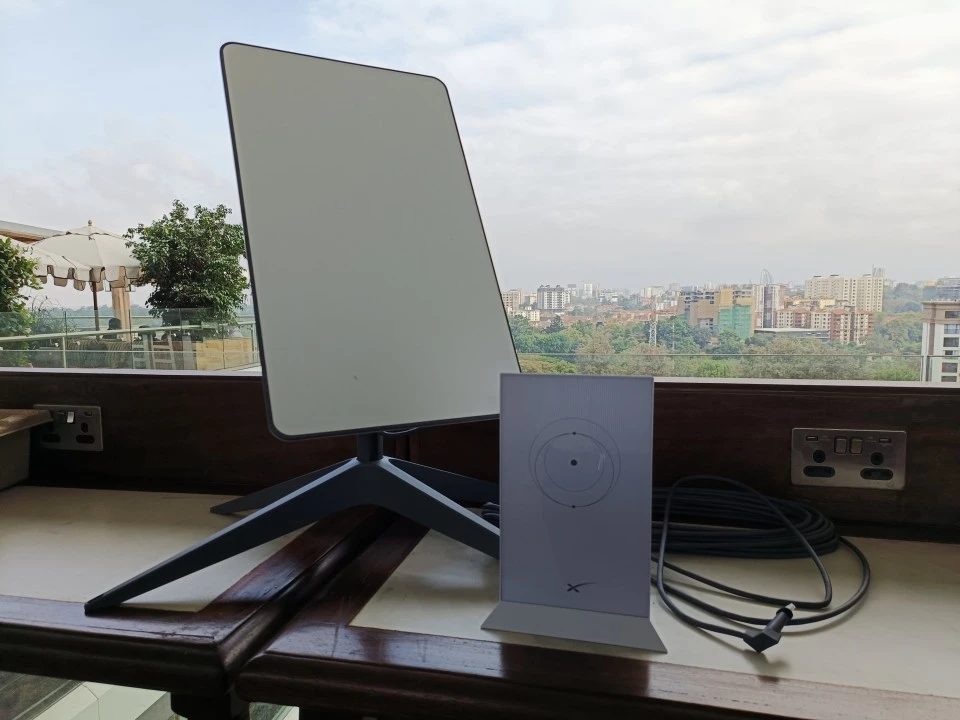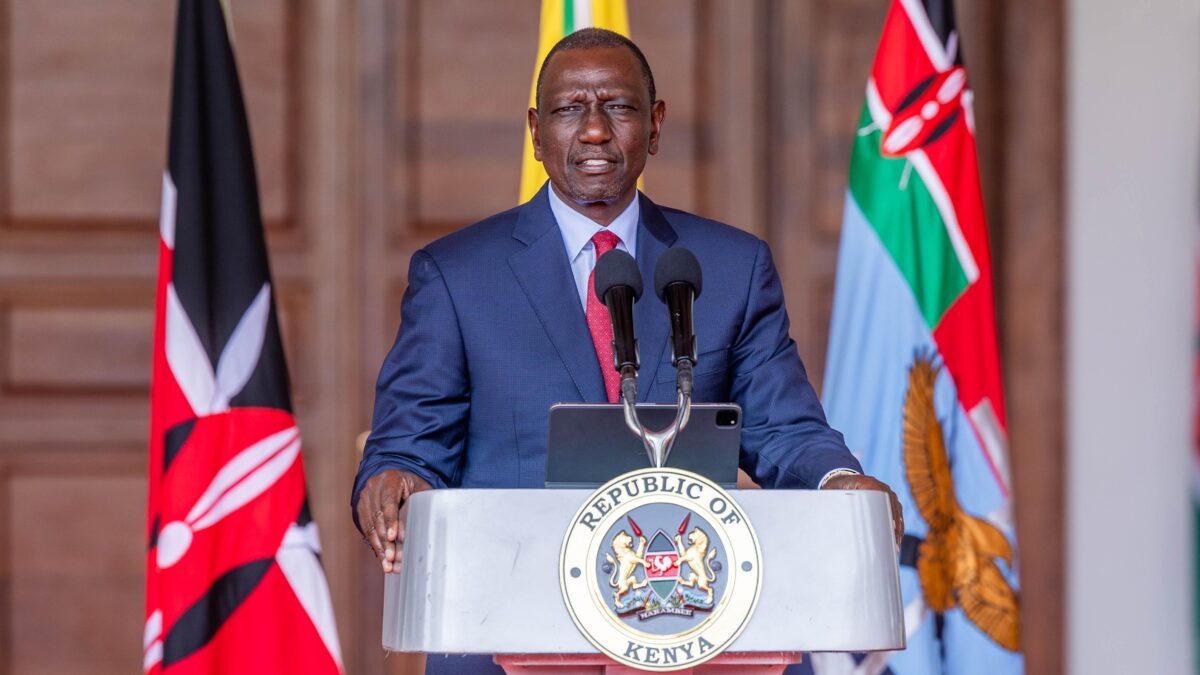Kenya spent Ksh80.2 billion on food imports in the first quarter of 2023, a 58.4% rise from the previous year. This is Ksh7.3 billion more than it spent on food exports during the time period.

The Kenya National Bureau of Statistics (KNBS) numbers have revealed that the country imported more goods such processed meals, rice, and wheat, which increased imports from Ksh50.6 billion during the same period last year
The growth took place at a time when food imports increased by 10.4% to Ksh87.5 billion, leaving a shortfall between exports and imports of Ksh7.3 billion, among the smallest in recent memory.
With a difference of Ksh28.6 billion, Kenya spent nearly 64% of the money it received from food exports in the first three months of 2021.
The difference between food imports and exports has however been closing swiftly, down to Ksh7.3 billion in the three months ended March 2023.
Read Also: Survey Finds Kenyans Prefer Owning a Phone to a Bed
Given that the value of imported food accounted for approximately 92% of Kenya’s revenue from food exports, worries were raised about the country being a net importer of food.
The value of imports of unmilled wheat jumped by 70.5% to Ksh26.9 billion, while imports of rice rose by 96.5% to Ksh12.7 billion, according to KNBS statistics.
The value of imported processed food and drinks climbed by 84.4%, from Ksh20.6 billion to Ksh38 billion, in addition to the overall increase in the amount of food brought in.
However, the amount of raw maize imported fell from Ksh3.53 billion to Ksh1.43 billion, which relieved pressure on the price of imported food.
Subscribe to our YouTube channel at Switch TV
The price of maize imports for the three months that ended in September of last year was Ksh10.9 billion. Kenya has been making an effort to expand food production and reduce its dependency on imports, but challenges such as irregular rain patterns, smaller farm sizes, and high production costs have prevented this.











































